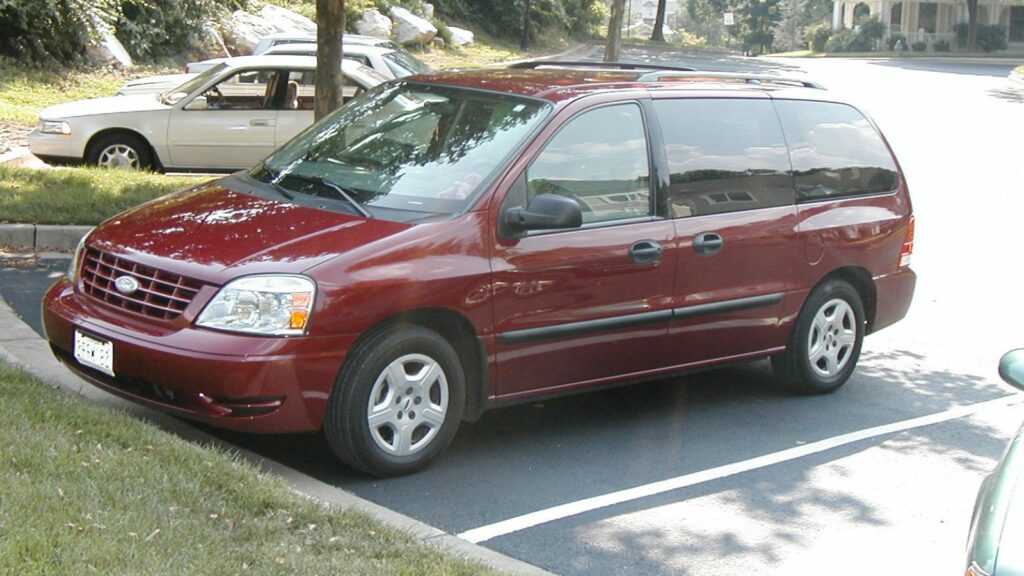The 2000s were a strange and unpredictable decade for the auto industry. Manufacturers were experimenting with new ideas, new technologies, and new markets, often in an effort to reinvent themselves or chase fast-changing trends. But not every gamble paid off. For every success like the Honda Civic or Ford Mustang GT, there were a few colossal missteps that left owners frustrated and reputations tarnished. Some were ugly, some were unreliable, and some were simply confused about what they were trying to be. These are ten of the worst cars to roll out of American showrooms during the 2000s.
Pontiac Aztek

No discussion of bad 2000s cars can begin without the infamous Pontiac Aztek. Released in 2000, the Aztek was supposed to be the ultimate lifestyle crossover for adventurous buyers. It came with camping options, a built-in cooler, and a tent package. Unfortunately, none of that mattered once people saw it. The awkward design, mismatched proportions, and clumsy plastic cladding made it one of the most ridiculed vehicles ever built.
While the Aztek was mechanically sound and surprisingly practical, it became a symbol of poor taste and corporate confusion. Pontiac tried to combine the styling of an SUV, the space of a van, and the spirit of a sports car. The result was something that appealed to no one. Ironically, years later, it found cult fame after appearing in the TV series Breaking Bad, proving that sometimes even the worst designs can find redemption.
Chrysler Sebring Convertible

The Chrysler Sebring Convertible was meant to be a fun, affordable car for drivers who wanted sunshine and style without the price tag of a European roadster. On paper, it seemed like a good idea. In reality, it was a rolling disappointment. The engines were underpowered, the automatic transmissions were clunky, and the build quality was poor. The interior plastics looked and felt cheap, while the handling could make even short drives uncomfortable.
By the mid-2000s, rental car fleets were full of Sebrings, and they quickly became a symbol of bland mediocrity. The car was supposed to be carefree and stylish but instead became an example of how not to build a convertible. The worst part? Its replacement wasn’t much better.
Hummer H2
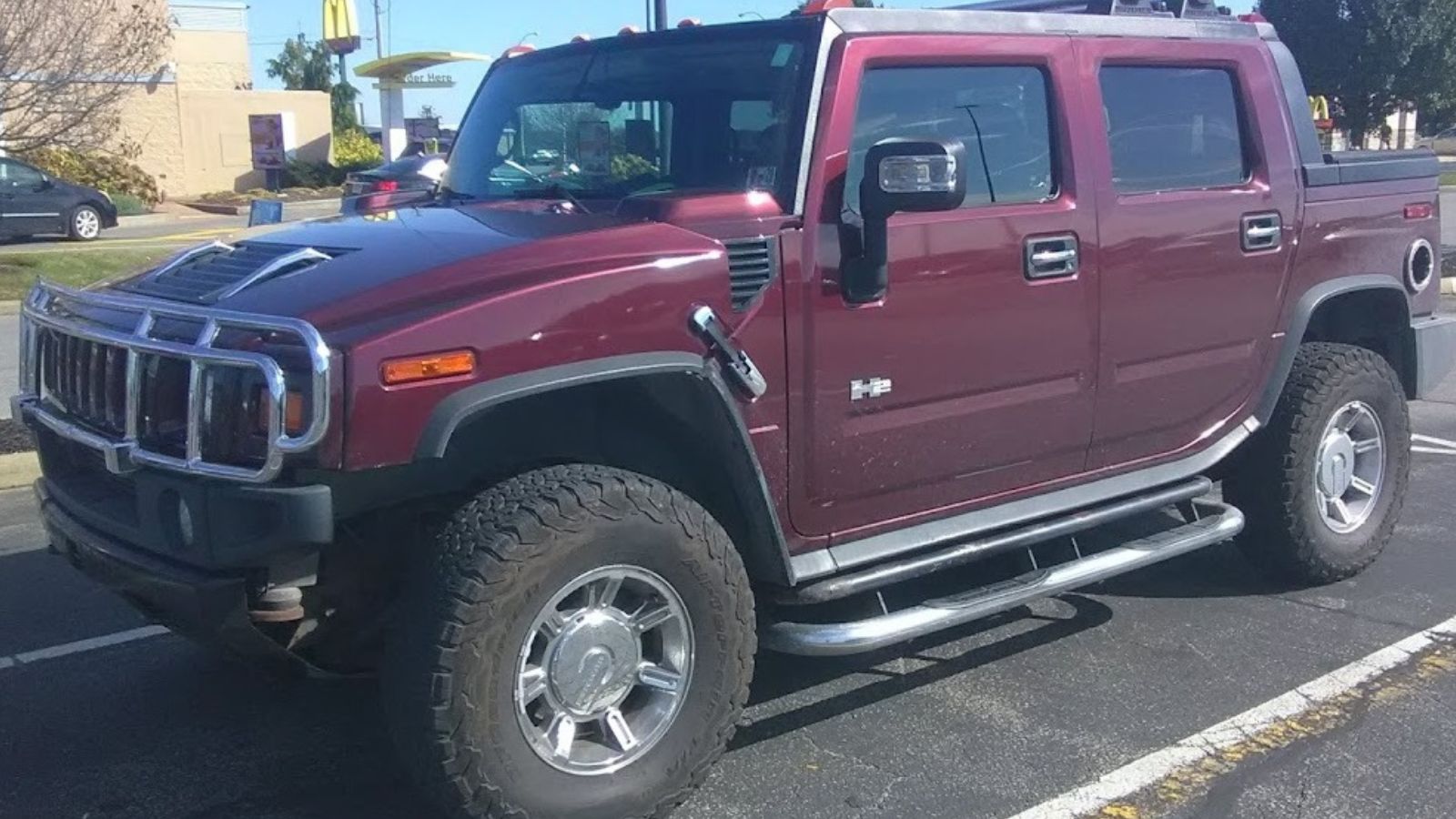
The Hummer H2 captured everything excessive about early 2000s America. It was enormous, flashy, and wasteful. Despite its aggressive military looks, the H2 was based on a Chevrolet Tahoe chassis, meaning it was far less capable off-road than its image suggested. The engine was powerful but drank fuel at a shocking rate, averaging single-digit miles per gallon.
Parking one was a nightmare, visibility was poor, and maintenance costs were sky-high. When gas prices spiked in the mid-2000s, H2 sales plummeted almost overnight. It became a symbol of environmental insensitivity and unnecessary extravagance. Today, it survives mostly as a curiosity from a time when bigger really was seen as better — at least until the fuel bill arrived.
Chevrolet Aveo
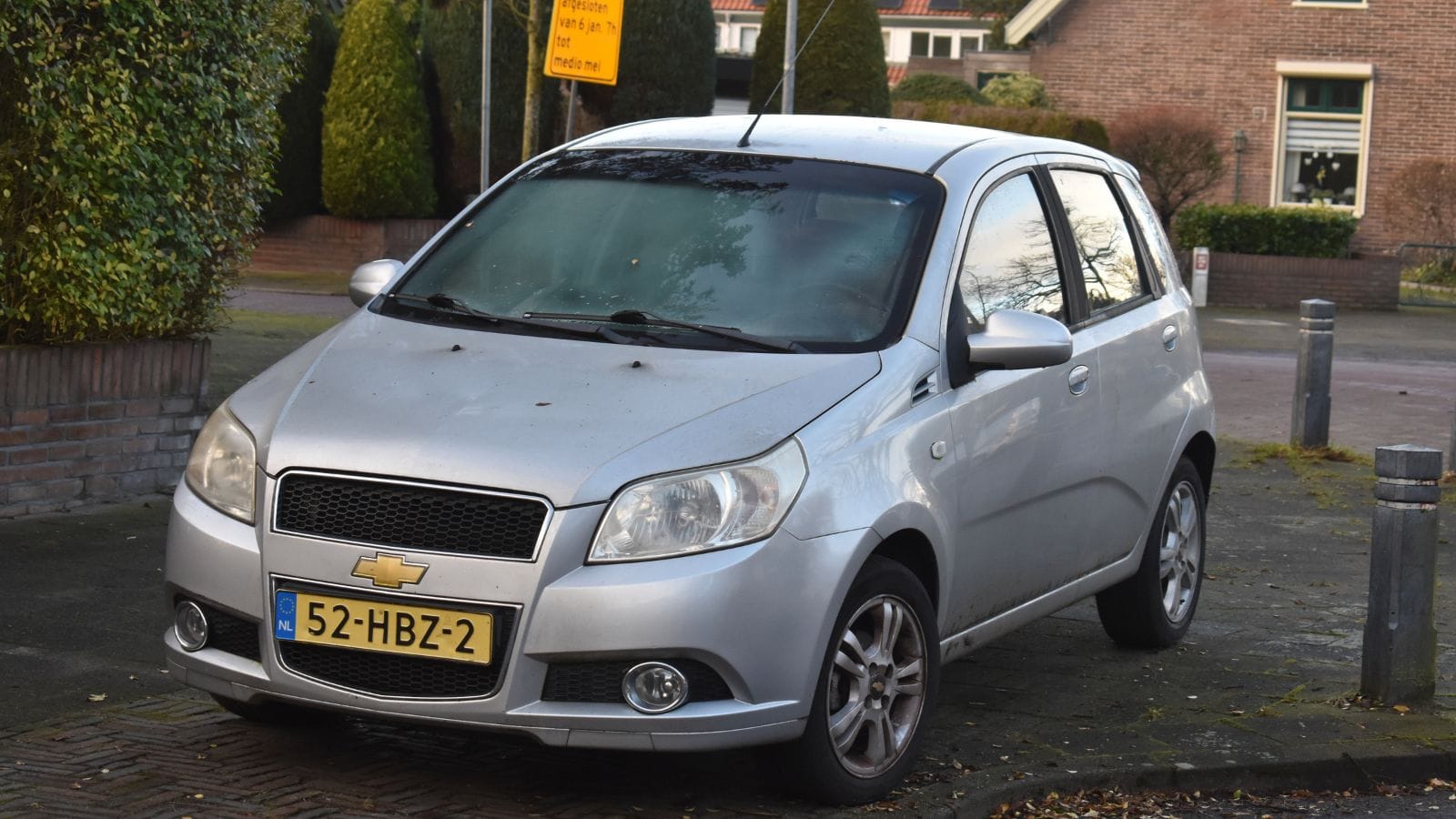
If there was ever a car that defined cheapness, it was the Chevrolet Aveo. Built by GM’s South Korean partner Daewoo, it was meant to offer Americans an affordable entry-level car. Unfortunately, everything about it felt like a compromise. The engine was weak and noisy, the suspension crude, and the interior full of low-grade plastics.
Even though it promised great fuel economy, the driving experience was miserable. The Aveo didn’t just lack refinement — it lacked personality. It was one of those cars that nobody dreamed of owning and everyone forgot they had driven. GM hoped it would compete with small Japanese cars, but instead, it reminded buyers why Toyota and Honda were winning.
Dodge Caliber
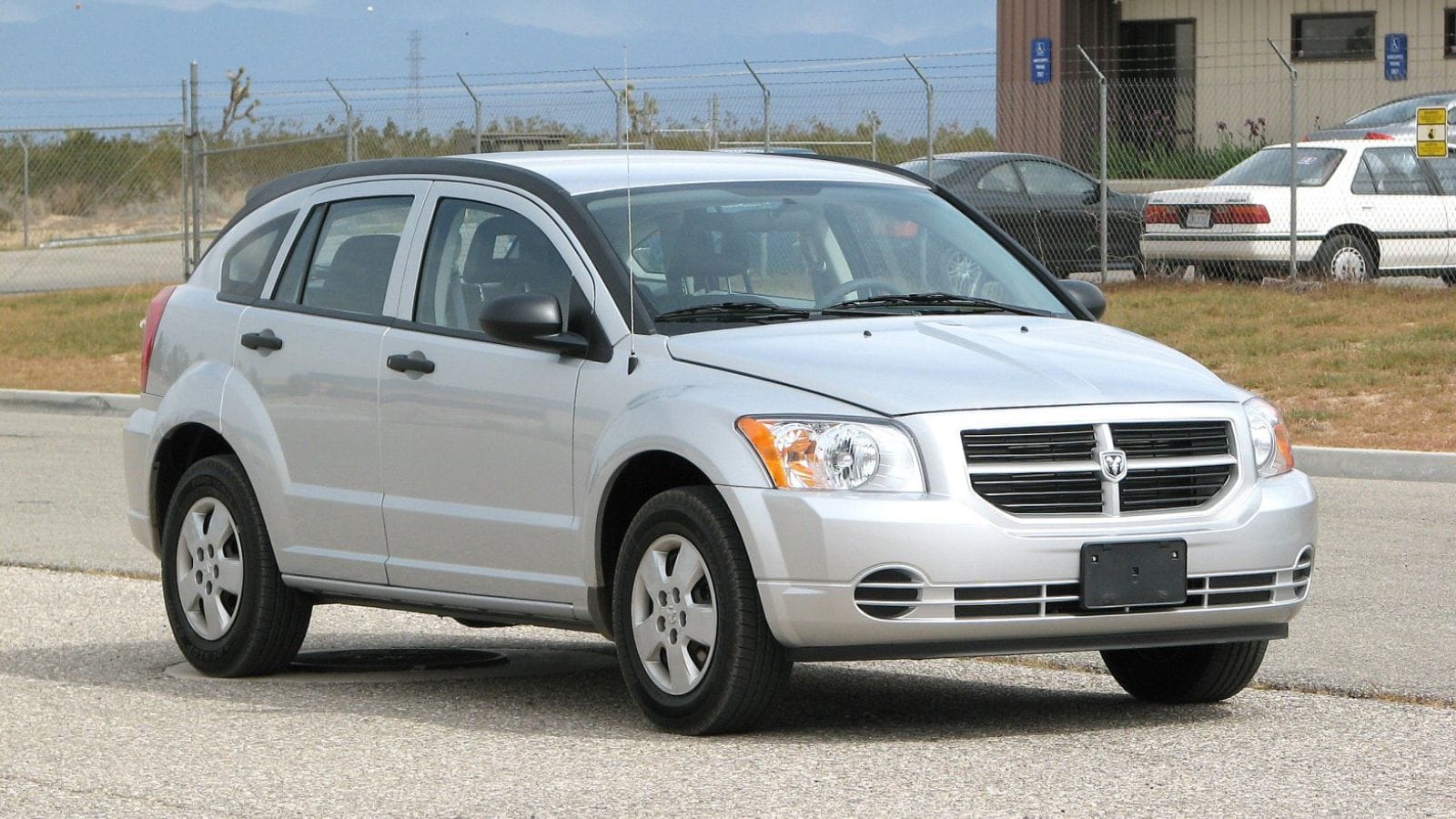
When Dodge replaced the beloved Neon with the Caliber in 2006, expectations were high. Sadly, what followed was one of the most disappointing cars Dodge ever built. The Caliber looked aggressive and rugged but had none of the driving excitement its looks promised. The steering was vague, the interior was full of hard plastics, and the continuously variable transmission made the car feel sluggish and noisy.
The Caliber tried to be many things at once — a hatchback, a small SUV, and a performance car — but ended up being none of them. Even the sportier SRT-4 version couldn’t fully save its reputation. It showed that attitude without execution was not enough to win buyers, and it marked the beginning of Dodge’s long road to rebuilding its compact car image.
Saturn Ion
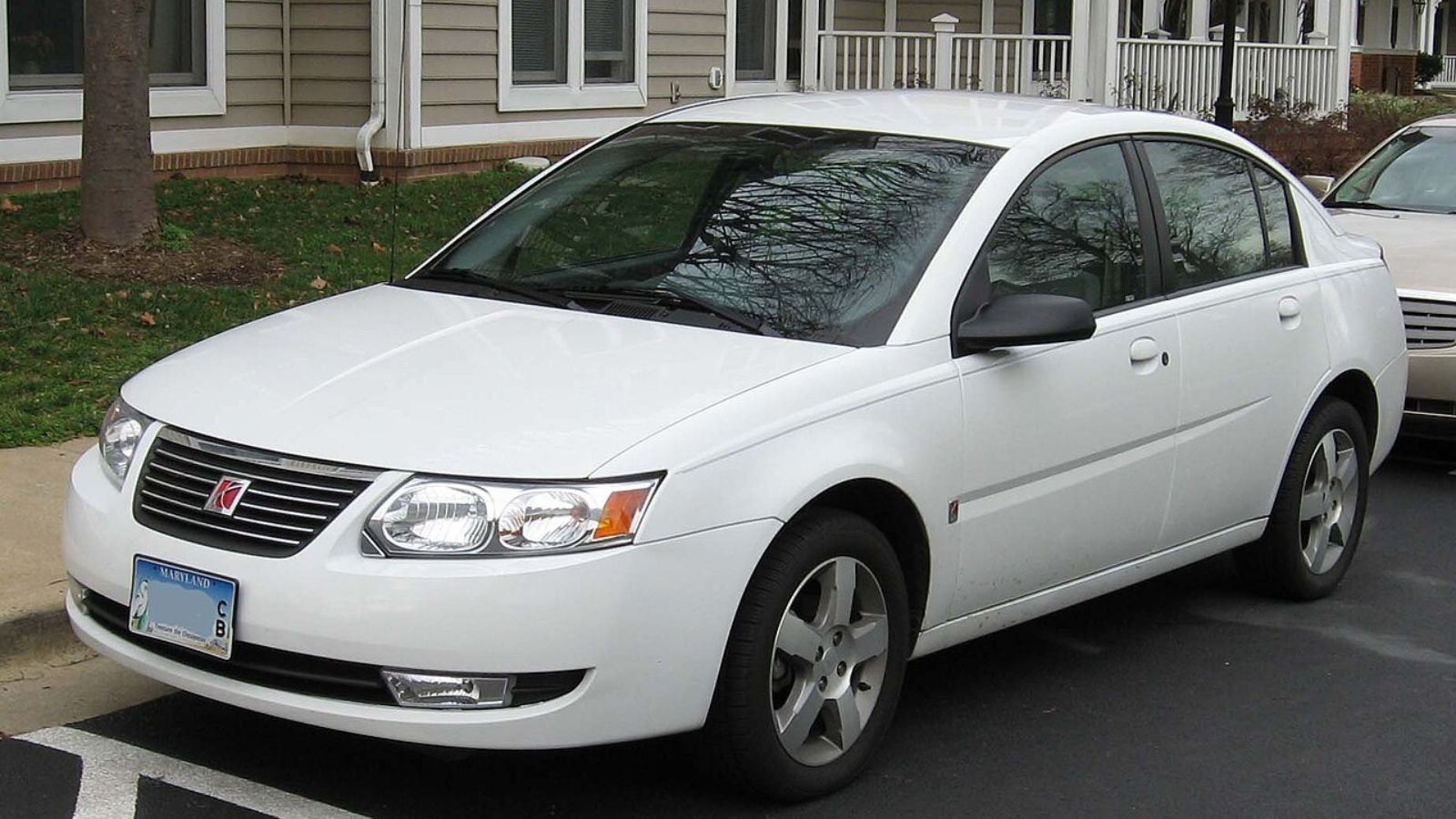
The Saturn Ion was supposed to represent the rebirth of GM’s quirky, customer-friendly brand. Instead, it became one of the biggest reasons Saturn didn’t survive the decade. The Ion’s odd design included a center-mounted instrument cluster that confused drivers and felt out of place. The build quality was inconsistent, the interior materials were subpar, and the car’s handling was uninspired.
The Ion’s supercharged Red Line version tried to inject performance into the mix, but it came too late to save the model. Saturn’s loyal fans who had loved the earlier SL and SC models found the Ion to be a cheap imitation of the cars they once trusted. By the end of the 2000s, both the Ion and the Saturn brand were history.
Ford Freestar
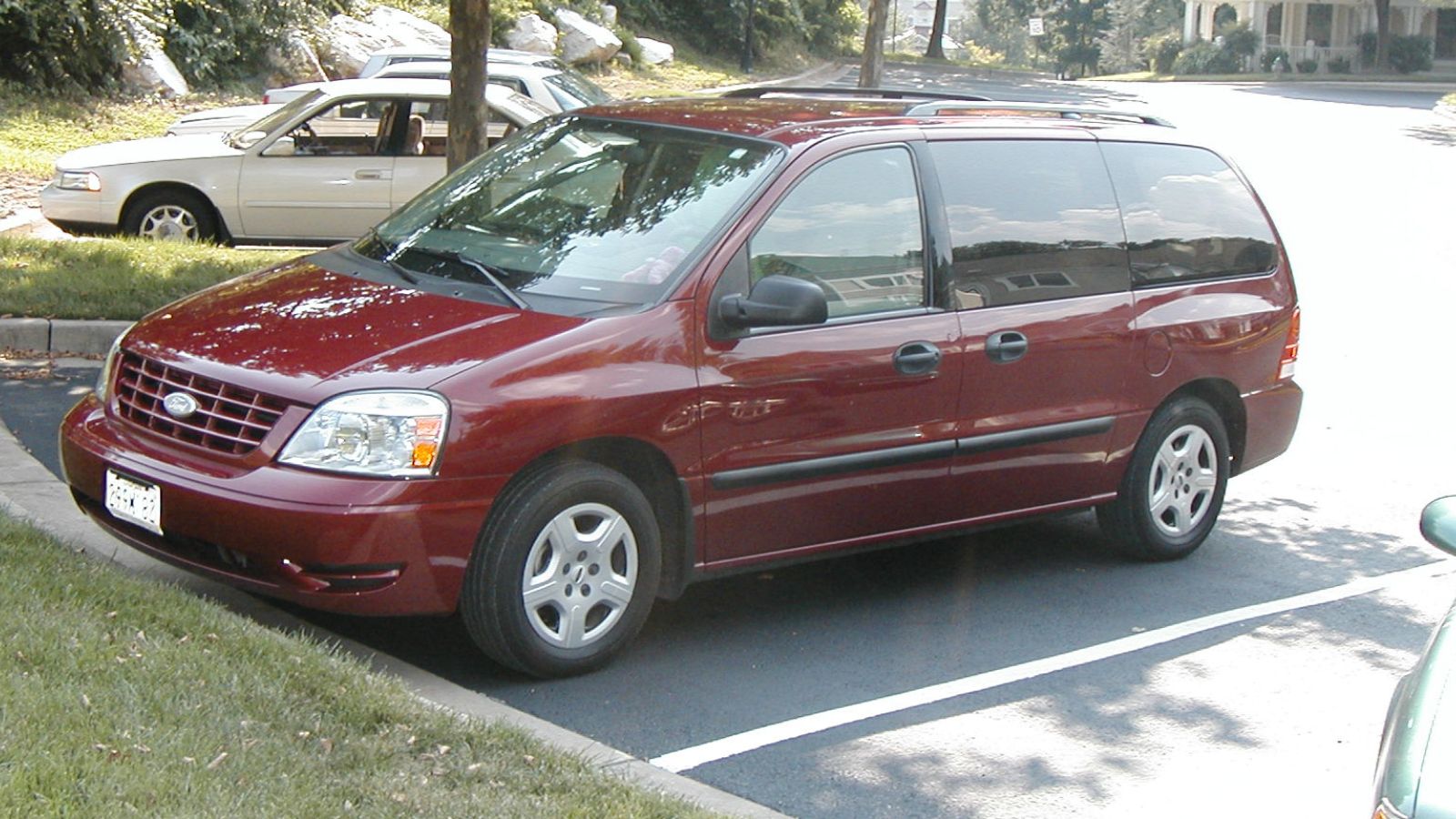
The Ford Freestar was an attempt to replace the aging Windstar minivan, but it ended up being just as flawed. The Freestar’s main problem was its transmission, which was prone to catastrophic failure. Owners reported losing power on the highway or while merging into traffic — not exactly a confidence-inspiring experience.
Beyond that, the Freestar was bland in design and lacked innovation. Competing minivans from Honda and Toyota offered smoother engines, more reliable transmissions, and better features. The Freestar’s only real advantage was price, but even that couldn’t make up for its shortcomings. It was a minivan that did everything adequately but nothing well, and that’s never enough to survive in a competitive market.
Kia Amanti
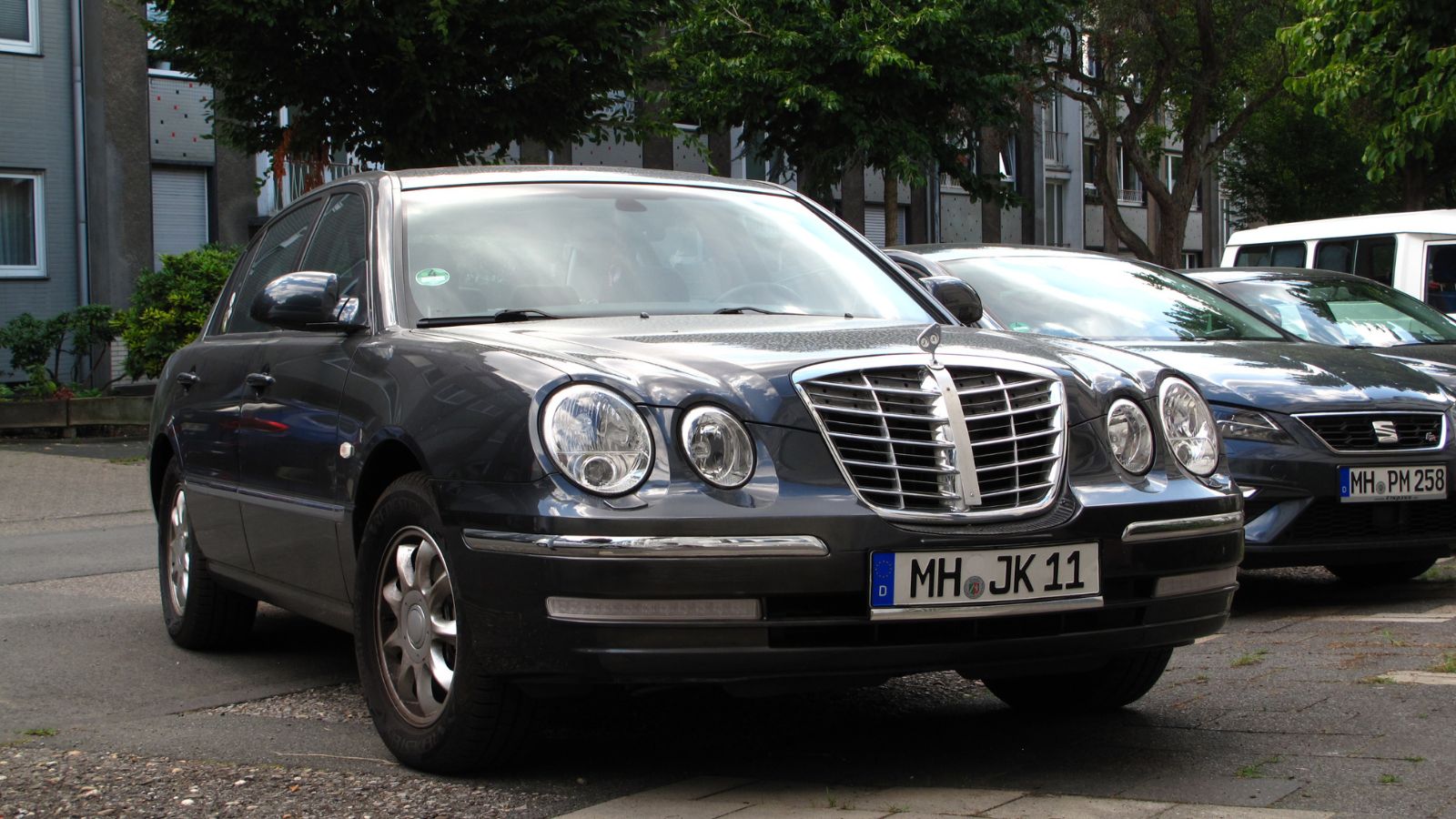
In the early 2000s, Kia wanted to move upmarket with the Amanti, a large sedan meant to rival midrange luxury cars. Unfortunately, it borrowed too heavily from other brands, creating a car that looked like a copy of a Mercedes mixed with a Jaguar. The result was awkward and uninspired.
The Amanti was large and comfortable, but the ride was floaty, the handling numb, and the styling confused. It was a car trying too hard to be something it wasn’t. While it was reliable and affordable, buyers who wanted luxury weren’t fooled, and enthusiasts dismissed it entirely. Still, the Amanti showed that Kia was willing to experiment — lessons that would later help the brand build far better cars like the Stinger and K900.
Jaguar X-Type
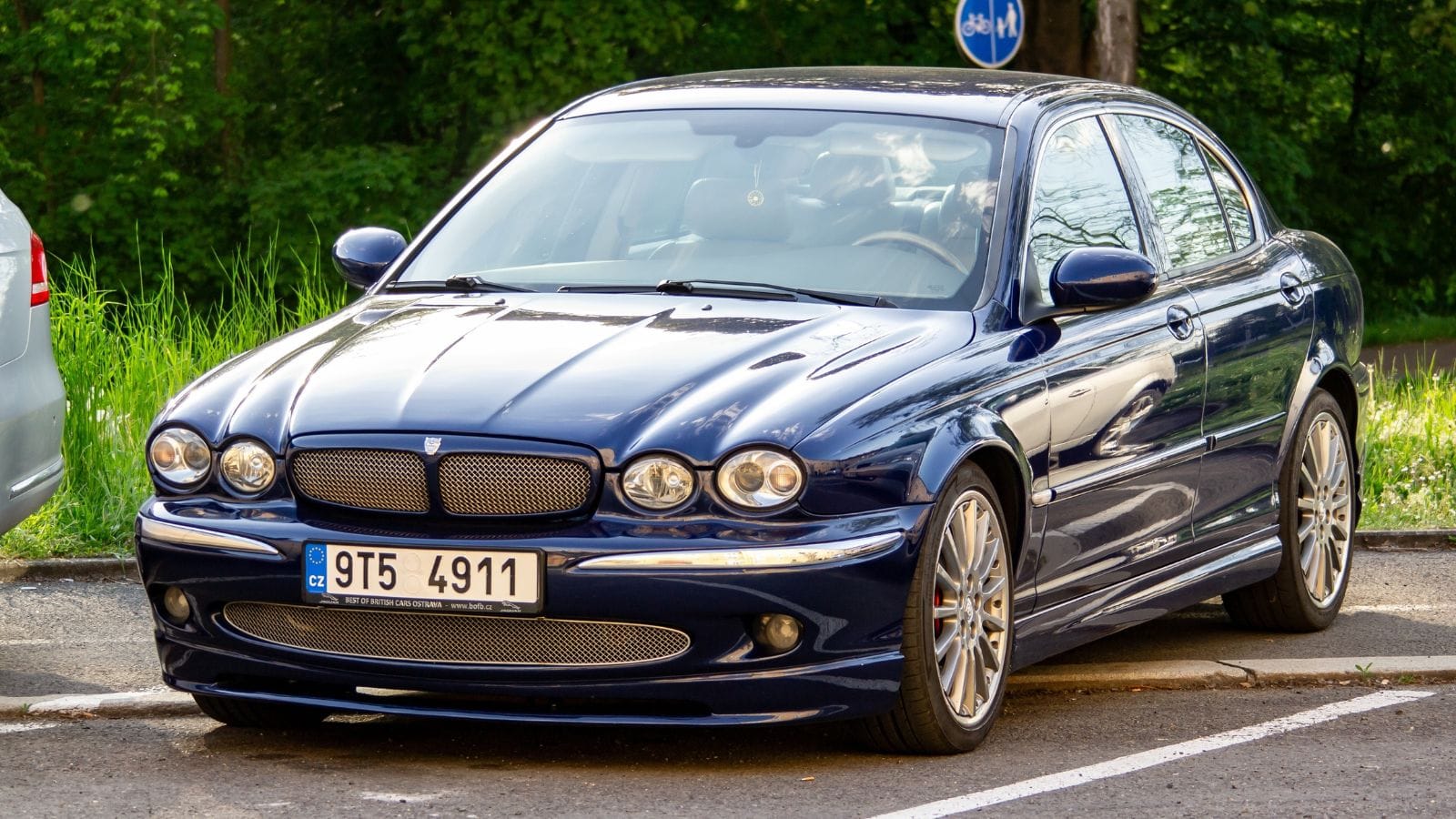
When Jaguar launched the X-Type, it hoped to attract younger buyers with a smaller, more affordable luxury car. What customers got instead was a rebadged Ford Mondeo with a Jaguar badge and a hefty price tag. The X-Type looked the part on the outside, but underneath it was full of compromises.
The all-wheel drive system added weight, the transmissions were unreliable, and the interiors felt dated compared to German rivals. The X-Type wasn’t terrible to drive, but it never lived up to the Jaguar name. It hurt Jaguar’s image more than it helped and remains one of the brand’s most controversial missteps.
Suzuki Verona
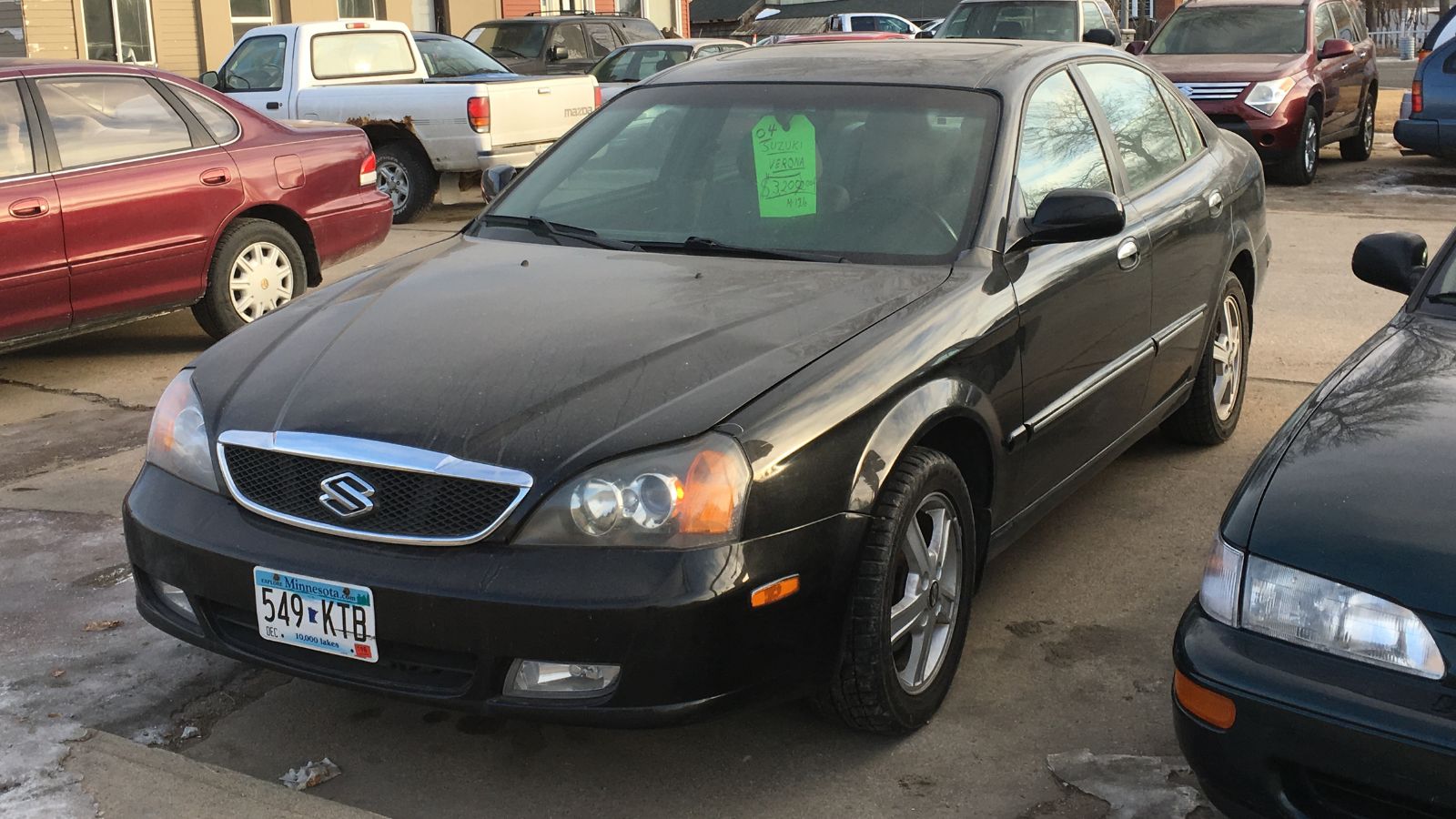
The Suzuki Verona was Suzuki’s last attempt at building a midsize sedan for the North American market, and it was forgettable from the start. A rebadged Daewoo Magnus, it offered sluggish performance, mediocre reliability, and a driving experience best described as dull.
With only one engine choice and few available features, the Verona struggled to stand out against competitors that offered more power, more technology, and better resale value. The car’s interior felt outdated the day it went on sale, and by the time Suzuki pulled out of the U.S. market, the Verona had already been forgotten. It was a car that existed, sold a few units, and disappeared without anyone noticing.
When the 2000s Went Wrong

The 2000s gave us innovation, but it also gave us plenty of misfires. Many of these cars failed because they tried too hard to be something they weren’t. Some were designed too quickly, others were built too cheaply, and a few were simply victims of bad timing.
Yet these failures are fascinating because they capture the risks automakers were willing to take during a time of change. The Pontiac Aztek proved that bold design alone isn’t enough. The Jaguar X-Type showed that a badge cannot save a bland car. And the Hummer H2 reminded us that excess always comes with a cost.
While most of these cars are now relegated to bargain lots and memes, they remain an important part of automotive history. They remind us that for every masterpiece, there must be a misstep and that sometimes, failure is the most memorable legacy of all.
25 Facts About Car Loans That Most Drivers Don’t Realize

Car loans are one of the most common ways people fund car purchases. Like any other kind of loan, car loans can have certain features that can be regarded as an advantage or a disadvantage to the borrower. Understanding all essential facts about car loans and how they work to ensure that you get the best deal for your financial situation is essential. Here are 25 shocking facts about car loans that most drivers don’t realize:
25 Facts About Car Loans That Most Drivers Don’t Realize
